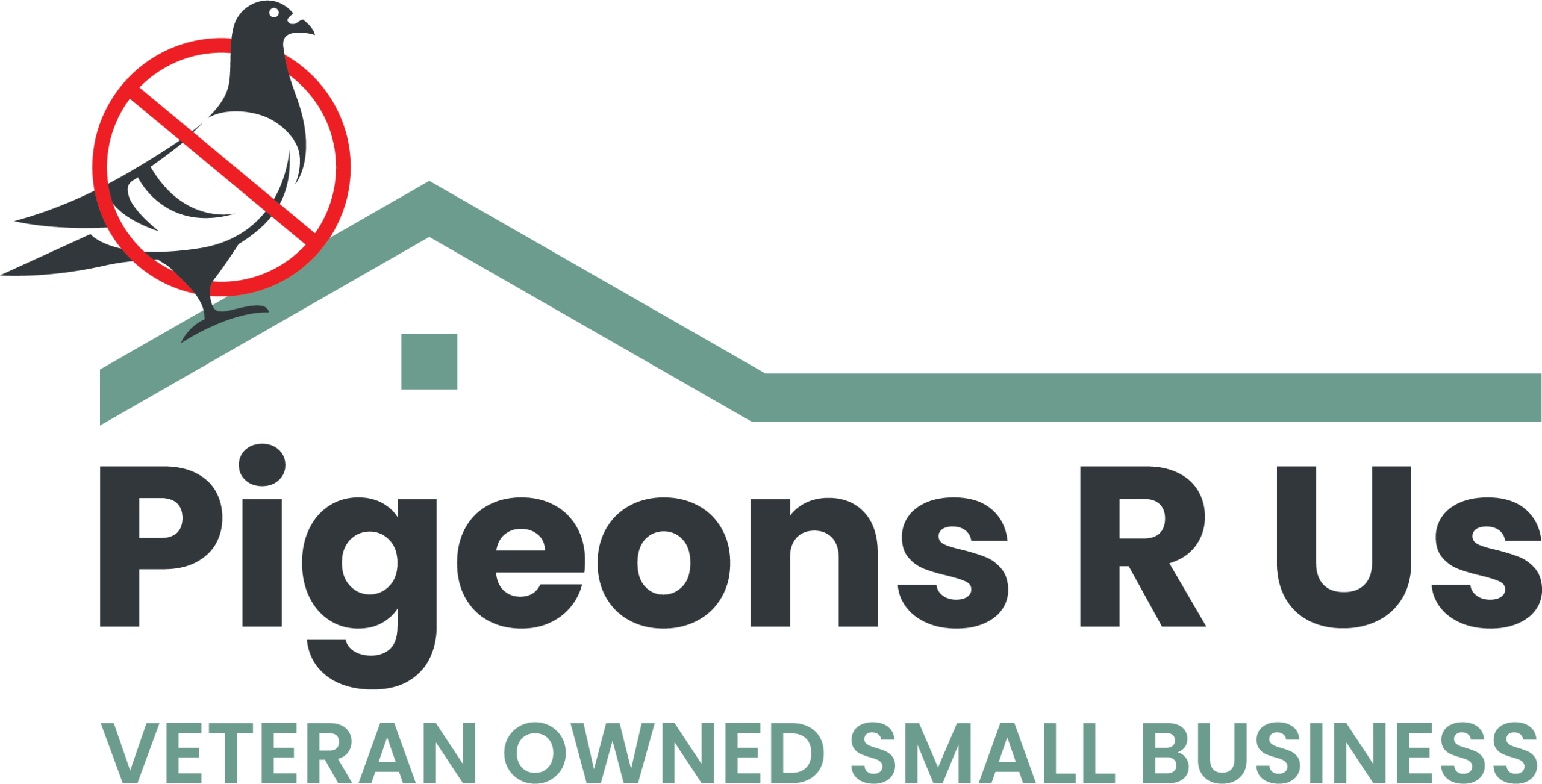Pigeons: those seemingly harmless birds that have become a fixture of urban landscapes worldwide. With their cooing and fluttering, they often evoke a sense of nostalgia or urban charm. However, beneath their seemingly innocuous facade lies a potential threat: pigeon infestations. While pigeons may appear harmless, their presence can pose significant risks to human health, property, and the environment. In this article, we’ll delve into the dangers associated with pigeon infestations and explore effective strategies for addressing them.
Understanding the Risks
Pigeons are not just a nuisance; they can also carry a host of diseases, some of which can be transmitted to humans. One of the most well-known diseases associated with pigeons is histoplasmosis, a fungal infection that affects the lungs and can be particularly dangerous for individuals with weakened immune systems. Additionally, pigeons can transmit other diseases such as salmonellosis, cryptococcosis, and ornithosis through their droppings, feathers, and parasites.
Aside from health concerns, pigeon infestations can also cause damage to buildings and infrastructure. Pigeon droppings are highly corrosive and can eat away at roofing materials, paint, and metal surfaces over time. Accumulated droppings can also clog gutters and drainage systems, leading to water damage and structural issues. Furthermore, the acidic nature of pigeon droppings can deface monuments, statues, and other historical structures, causing irreparable harm to cultural heritage sites.
Addressing Pigeon Infestations
Given the potential dangers associated with pigeon infestations, it’s essential to take proactive measures to address them effectively. Here are some strategies for dealing with pigeon problems:
- Deterrents: Implementing deterrents such as bird spikes, nets, and wire mesh can discourage pigeons from roosting and nesting on buildings and other structures. These physical barriers make it difficult for pigeons to land and find suitable nesting sites, thereby reducing the likelihood of infestations.
- Habitat Modification: Modifying the environment to make it less attractive to pigeons can help mitigate infestations. This can include trimming trees and shrubs to reduce roosting spots, sealing off potential entry points to buildings, and removing sources of food and water that attract pigeons.
- Professional Removal: In cases of severe infestations, seeking the assistance of pest control professionals may be necessary. Pest control experts can employ humane and effective methods to remove pigeons from infested areas safely. They may also offer ongoing maintenance services to prevent future infestations.
- Sanitation: Regular cleaning and sanitation are essential for reducing the risk of disease transmission from pigeon droppings. Removing droppings promptly and disinfecting contaminated areas can help minimize health hazards associated with pigeon infestations.
- Educational Outreach: Educating the public about the risks associated with feeding pigeons and the importance of proper waste management can help prevent infestations from occurring in the first place. Encouraging responsible behavior among residents and tourists can go a long way in reducing the proliferation of pigeons in urban areas.
Conclusion
While pigeons may seem harmless at first glance, the reality is that pigeon infestations can pose significant risks to human health, property, and the environment. By understanding the dangers associated with pigeon infestations and implementing effective strategies for addressing them, we can mitigate these risks and create safer, healthier urban environments for both humans and wildlife alike. Whether through the installation of deterrents, habitat modification, professional removal services, or educational outreach, it’s essential to take proactive measures to prevent and manage pigeon infestations effectively. By doing so, we can ensure that our cities remain vibrant and livable spaces for generations to come.
